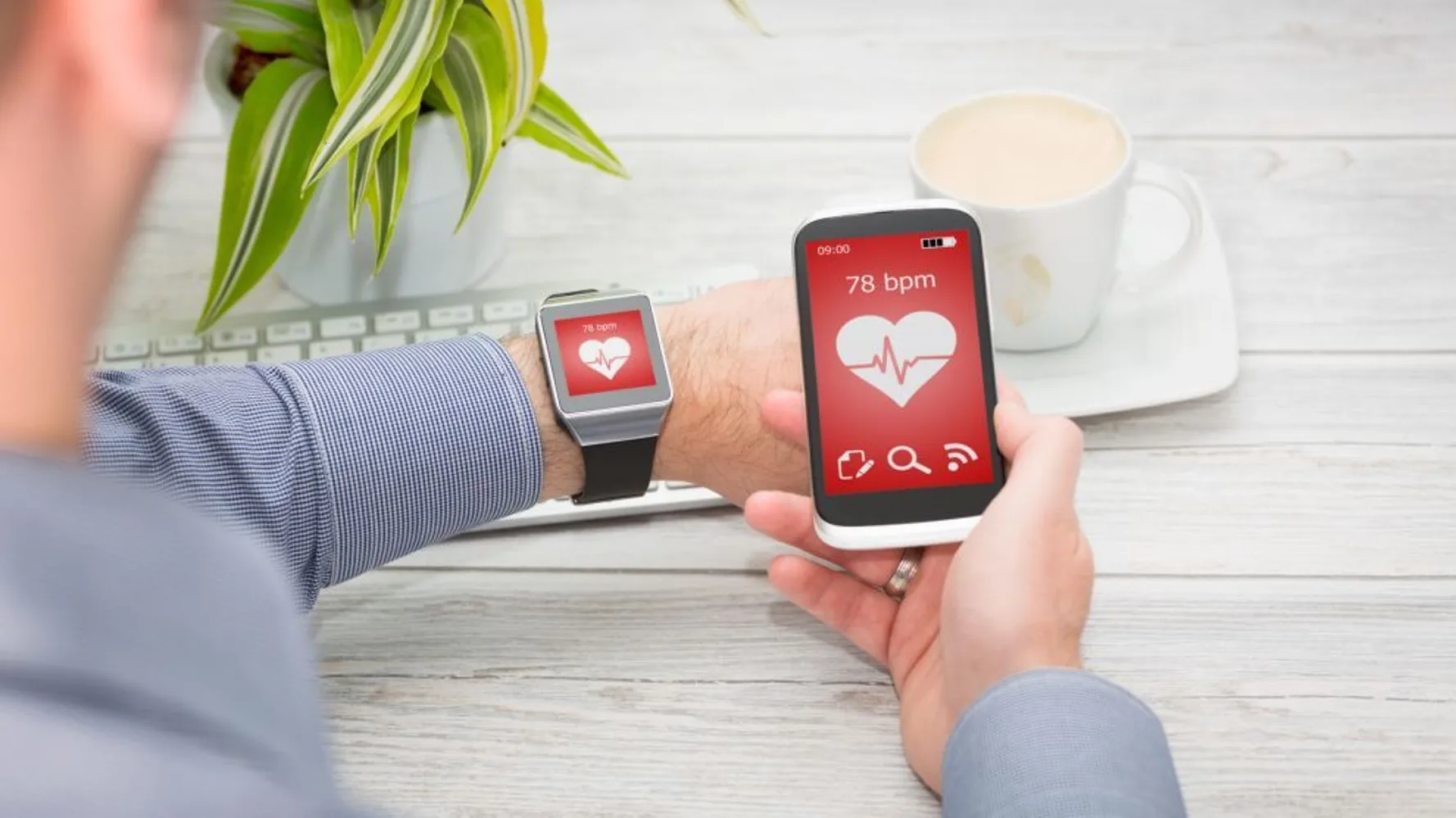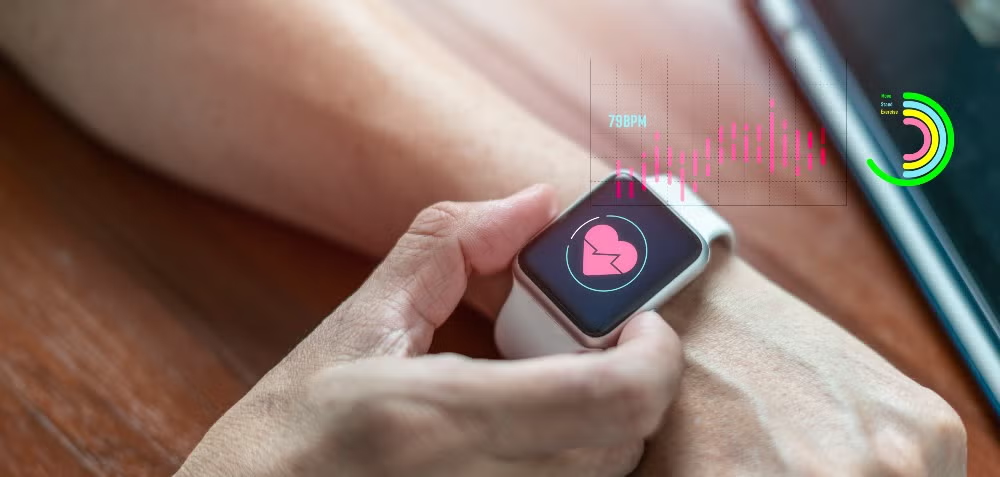Healthcare is experiencing a revolutionary transformation as wearable technology shifts the paradigm from reactive to proactive health management. Gone are the days when health monitoring required frequent hospital visits or bulky medical equipment. Today’s wearable devices—from smartwatches to fitness trackers—are empowering individuals to take control of their health through continuous, real-time monitoring.
These compact, intelligent devices are not just tracking steps; they’re detecting irregular heartbeats, monitoring blood oxygen levels, and even predicting potential health crises before they occur. With the global wearable healthcare market approaching $70 billion by 2028, this technology is fundamentally changing how we approach health monitoring, making it more accessible, personalized, and effective than ever before.
Real-Time Health Data Collection
Wearable devices have revolutionized health monitoring by providing continuous, 24/7 data collection that traditional healthcare methods simply cannot match. Unlike snapshot readings taken during medical appointments, wearables gather comprehensive health metrics throughout daily activities. These devices track vital signs, including heart rate, blood pressure, oxygen saturation, and physical activity levels in real time.
The richness of this continuous data stream offers healthcare providers a more complete picture of patient health. For instance, an Apple Watch can take multiple electrocardiogram readings throughout the day over months, providing invaluable insights for diagnosis and treatment while maintaining patient privacy and dignity. This constant monitoring enables the detection of subtle changes that might indicate developing health issues, allowing for early intervention and prevention.
Early Disease Detection and Prevention
One of the most significant impacts of wearable technology is its ability to detect health problems before they become serious. Smartwatch-based algorithms can accurately detect atrial fibrillation episodes, enabling early intervention and reducing stroke risk. Similarly, wearables can identify irregular heartbeats, sudden blood pressure changes, or breathing difficulties that may signal major health issues such as heart attacks or strokes.
This early warning system is particularly valuable for chronic disease management. Diabetics can continuously monitor blood sugar levels through continuous glucose monitors, while heart patients can track heart rate variability throughout the day. The technology empowers patients to make informed decisions about diet, exercise, and medication adjustments based on real-time feedback.
Personalized Healthcare Insights

Wearable devices excel at providing personalized health recommendations by analyzing user-specific data patterns. This individualized approach enables healthcare providers to create customized treatment plans that align with each patient’s unique health patterns and needs. The technology facilitates precision medicine by offering healthcare professionals a continuous stream of comprehensive and accurate data, enriching clinical decision-making.
Artificial intelligence integration enhances these capabilities further, with AI-powered wearables providing predictive analytics that can alert users and doctors about future health threats. This combination of real-time data and intelligent analysis creates a more nuanced understanding of individual health conditions, optimizing treatment outcomes.
Remote Patient Monitoring Revolution
The integration of wearables with remote patient monitoring systems has transformed healthcare delivery, particularly for chronic disease management. These devices enable healthcare teams to monitor treatment effectiveness and provide real-time updates without requiring frequent in-person visits. This approach is especially beneficial for patients with conditions like heart disease and diabetes, allowing them to receive quality care from home.
Remote monitoring through wearables also reduces healthcare costs by minimizing the need for frequent medical appointments and enabling early interventions that prevent costly emergency situations. Healthcare providers can monitor patients continuously, reducing readmission rates and optimizing resource allocation.
Enhanced Patient Engagement and Empowerment
Wearable technology significantly boosts patient engagement by providing users with direct access to their health metrics. This transparency fosters a sense of ownership and motivates patients to make informed health decisions and adhere to treatment regimens. Studies show that cancer patients using wearables to track symptoms during chemotherapy demonstrated better treatment adherence and improved quality of life.
The gamification aspects of many wearables, including daily step challenges and goal setting, add motivation for users to maintain healthy habits. This collaborative approach creates a more patient-centric healthcare environment where individuals actively participate in managing their health.
Wearable technology is fundamentally transforming health monitoring by making it more proactive, personalized, and accessible. As these devices continue to evolve with advanced AI capabilities and improved sensors, they promise to further revolutionize healthcare delivery, ultimately leading to better health outcomes and more efficient healthcare systems.

